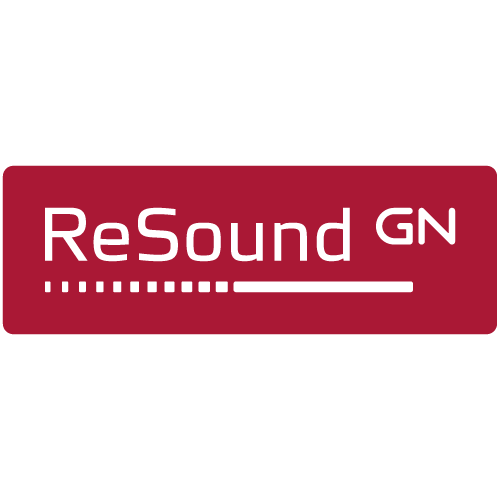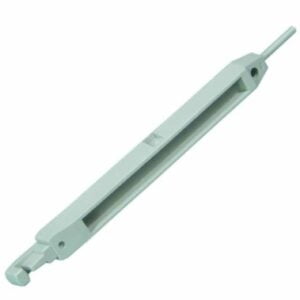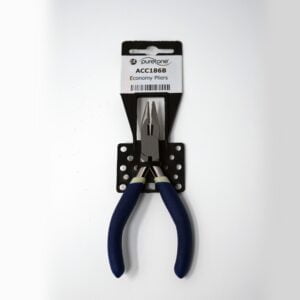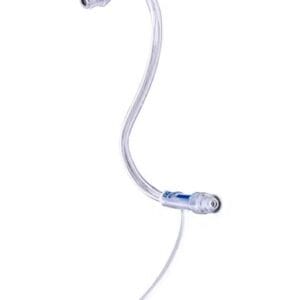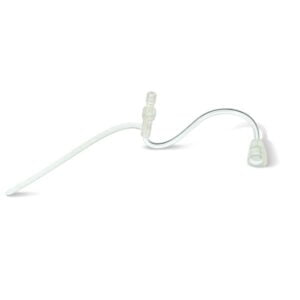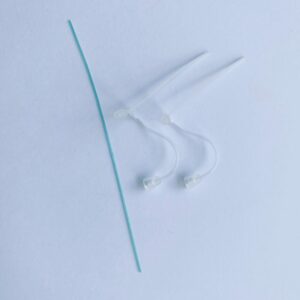Hearing Aid Tubes
Effective hearing aid tubes can be the difference between clear, solid sound and distorted, unintelligible sound. Hearing aid tubes often need replacing due to moisture, earwax build-up, and general wear. At Hearing Aid Accessories, we offer an extensive range of hearing aid tubes at great prices.
Shop by brand or browse our full selection
-
Phonak Battery Door Removal Tool
- $11.99
- The Phonak Battery Door Removal Tool has been specifically designed to aid in the removal of your Phonak RIC hearing aid battery door. A handy little tool for getting into those fiddly compartments! Brand: Phonak Includes: 1 x Battery Door Removal Tool
- Add to cart
-
Economy Long Nose Pliers for Hearing Aid Tubing
- $22.50
- Blue handled Economy Long Nose Pliers for removing and replacing your tubing from your hearing aid moulds.
- Add to cart
-
ReSound Surefit 2C Thin Tubes (2 pack)
- $16.99
- Over time, hearing aid tubing can become damaged, stiff, and yellow so it is important to replace them semi-regularly. A quick way to check if your tubing needs changing is to gently squeeze it. If it goes back to its normal shape then the tube is still fine, however, if it remains in the bent shape, it needs to be…
- Select options This product has multiple variants. The options may be chosen on the product page
-
Widex Easywear V.1 Thin Tube
- $17.99
- Replace your brittle or broken hearing aid tubes with Widex Easywear V.1 Thin Tubes, designed for optimal fit and performance. Brand: Widex Includes: Pack of 2 Thin Tubes (Left or Right)
- Select options This product has multiple variants. The options may be chosen on the product page
-
- Out of Stock
Phonak Slim Tube C – Refill
- Replacement Phonak Slim Tube for older style hearing aids. The Slim Tubes houses the "female" connection to selected Phonak hearing aids. Select your size from the dropdown menu Includes: pack of x2 slim tubes & x1 cleaning tube stick PLEASE NOTE: These tubes are ordered upon request, please allow an additional 2-3 working days for your order to be received.
- Read more
-
FAQ
What is a hearing aid tube?
Hearing aid tubes serve a critical purpose by transmitting sound waves from the hearing aid microphone to the receiver, which then converts the sound back for you to hear. The tube must be maintained in good condition to ensure clear sound transmission.
When should I get a new hearing aid tube?
To check if your hearing aid tube needs replacing, gently squeeze it. If it quickly returns to its original shape, it’s fine. If it remains bent, it needs to be changed promptly to prevent your hearing from deteriorating.
How can I make my hearing aid tube fit me?
Hearing aid tubes can be customised to fit your specific needs:
- Length via roll of tubing: Bulk rolls allow you to cut the tubing to the desired length. This option is ideal for experienced users.
- Thickness: Pre-bent tubing of various thickness is available. Thicker tubing is usually required for more severe hearing loss. Consult your hearing aid dispenser to determine the appropriate thickness for you.
- Condensation Tubing: Designed to prevent moisture build-up, increasing the lifespan of your hearing aid and improving sound quality.
- Colour: Tubing is available in different colours to match your style or preference.
What tools will I need to replace hearing aid tubing?
If you decide to change the hearing aid tubing yourself, you will need the following tools:
- Cutters: To cut the tubing to the required length and clean up any mistakes.
- Pliers: To shape and guide the tubing into place and to deconstruct the hearing aid if needed.
- Tubing Extractor: To remove the earmold from the hearing aid, especially if it has degraded or the tube is larger than expected.
- Tubing Threader: To thread the tubing through the earmold easily. Some tools combine the threader and extractor.
Glue: To secure the new tubing if necessary. Ensure the glue is suitable for your hearing aids to avoid damage.
How do I change my hearing aid tube?
- Clean the new tubing, making sure there is no dust or debris inside it. Repeat the process with your hearing aid, including your old tubing. This will ensure no dirt will get into the mould once you take it out.
- Remove the old tubing from the hearing aid. It should come off easily unless glued. If glued, use a tubing extractor or consult your audiologist.
- Use scissors or pliers to peel the old tubing off the coupler until it can be gently pulled out.
- Use the old tube as a guide to measure and cut the new tubing to the desired length.
- Use the tubing threader to pull the new tubing through the earmold to the correct position.
- Ensure the tube is firmly in place. If it’s loose, use small drops of suitable glue to secure it.
If you are ever in doubt, consult your audiologist for assistance with your refit.


